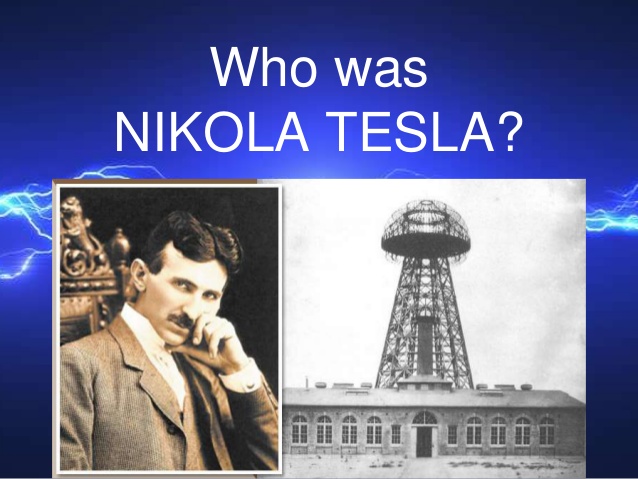When we turn a light on, or plug in any device, we owe a debt to Nikola Tesla for his contributions to the design of modern alternating current electricity. In essence: the power grid. Tesla was born a Serb in the Austrian Empire on 10 July 1856. His father was a priest; his mother was known for inventing things to make their home life easier. She was also known for amazing mind—she could recite epic Serbian poems from memory.
After seeing a demonstration of electricity, this ‘mysterious phenomena’, he became fascinated by its potential. In school he was known for being able to do calculus in his head. Which led his teachers to accuse him of cheating.
He failed out of University, partly because of his addiction to gambling. He subsequently suffered a nervous breakdown.
At 26, he ended up in Paris, working for Continental Edison, helping develop a rudimentary power utility.
Noticed by his boss for his hard work and innovations, Tesla received a letter of recommendation to Thomas Edison.
In 1884, 28 years old, he emigrated to the United States.
He went to work for Edison in New York City, trying to build a power grid.
Six months later he wrote in his diary: “Good by to the Edison Machine Works.”
He tried starting his own lab, but couldn’t find backers. He did small repair jobs and worked as a ditch digger for $2 a day.
He finally got some backers and worked on developing Alternating Current, as opposed to Edison who was a proponent of Direct Current.
He eventually cut a deal with George Westinghouse to design a motor and transformer. He received $60,000 in cash and stock and a royalty for $2.50 per AC horsepower produced by his motors.
When there was turmoil in the stock market, Westinghouse renegotiated the deal and Tesla lost out on potential billions by giving up the payment per horsepower.
Tesla and AC were pitted against Edison and DC. Edison declared AC current dangerous. He’d ‘prove’ this by publicly electrocuting animals.
This included publicly electrocuting an elephant in Chicago in 1897.
Tesla put on public displays to show that his invention was harmless.
Note that this photo is a double negative, as Tesla wasn’t averse to his own shameless publicity.
Tesla believe electricity could do more than just turn on lights.
Westinghouse won the contract to light the 1893 World’s Columbian Exposition in Chicago. Tesla designed the system.
Among many things Tesla invented was a radio-controlled boat. He tried selling it to the US Navy as a radio controlled torpedo. They weren’t interested.
Tesla’s main focus was the wireless transmission of power. He believed he could use the planet itself to conduct electricity.
Tesla also picked up what he believed were transmissions from outer space. NIKOLA TESLA
At the turn of the 20th Century, he shifted to Wardenclyffe on Long Island, NY, to pursue his ideas.
Tesla claimed he would be able to transmit to any place around the world. Also, that he could light up the ocean using electricity.
However, funds dried up and Wardenclyffe was shut down.
Tesla and Edison had opposite approaches to their research. Edison believed in experimentation. Tesla preferred to think out his problems.
Tesla never married.
But what if Tesla was someone else? What if Wardenclyffe was more than just an attempt to transmit across the Atlantic. What if it were a weapon?
In the Area 51 series we first learn of Tesla when he shoots down a Swarm scout ship in 1908 using Wardenclyffe. This caused the Tunguska incident when the scout ship crashed.
On 30 June 1908, a massive explosion over Russia, devastated an area of a thousand square miles. Tunguska is covered in a separate slideshow HERE.
In the Area 51 series, Tesla is part of the rogue Watchers. He interacts with the famed explorers Sir Richard Burton and Sir George Mallory. Part of an ancient order who draw their lineage from Myrddin. More commonly know in history and legend as Merlin.
In Area 51: Redemption, Tesla’s granddaughter is a key player. We eventually learn Tesla is much more than just a single man. It’s a key to our prehistory.


Recent Comments